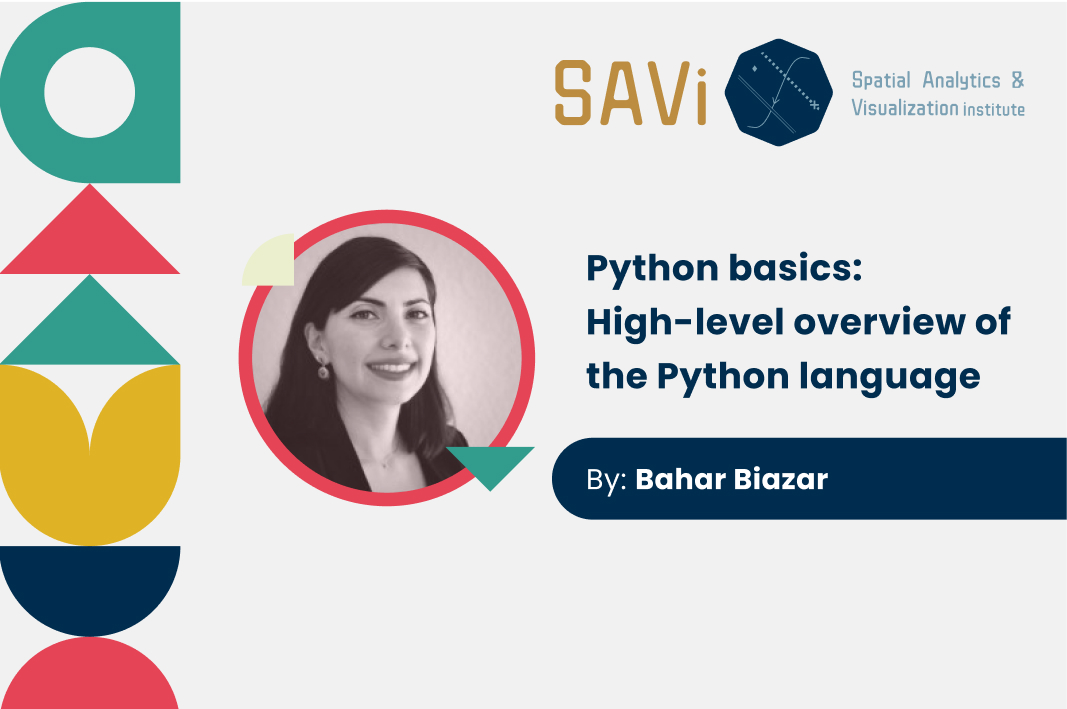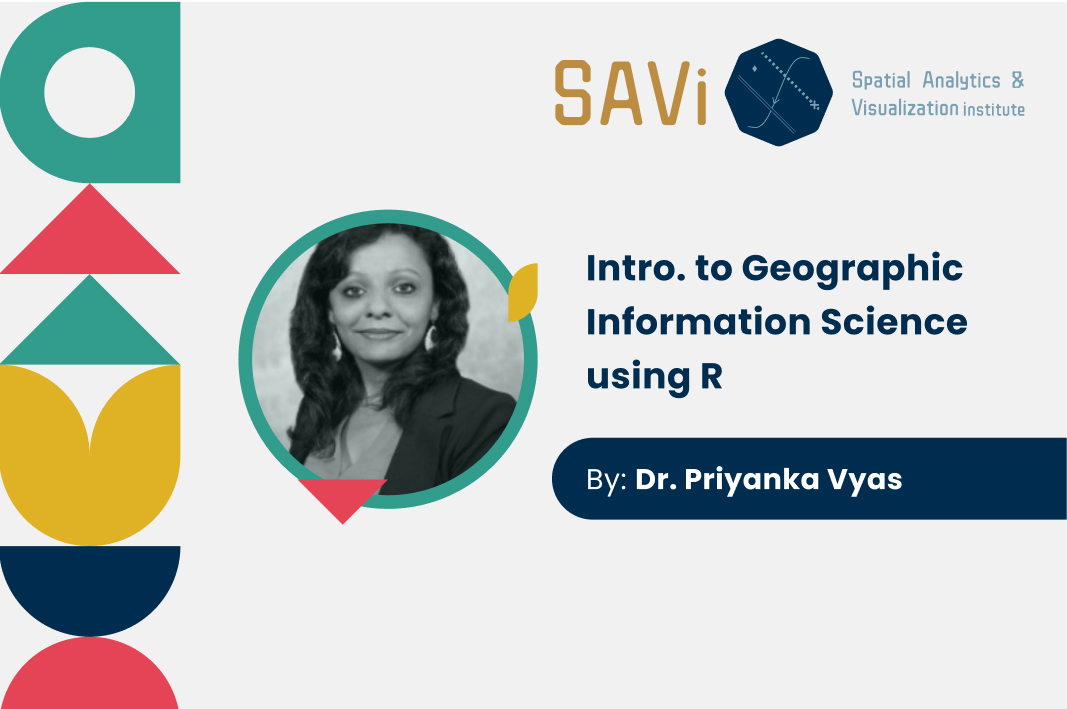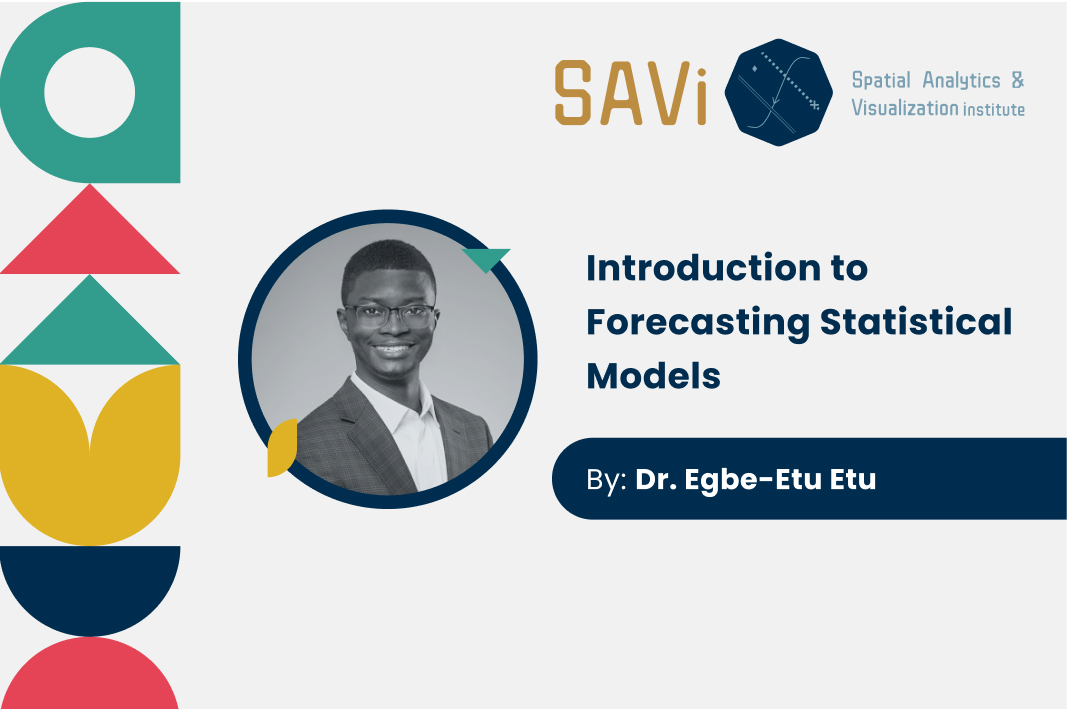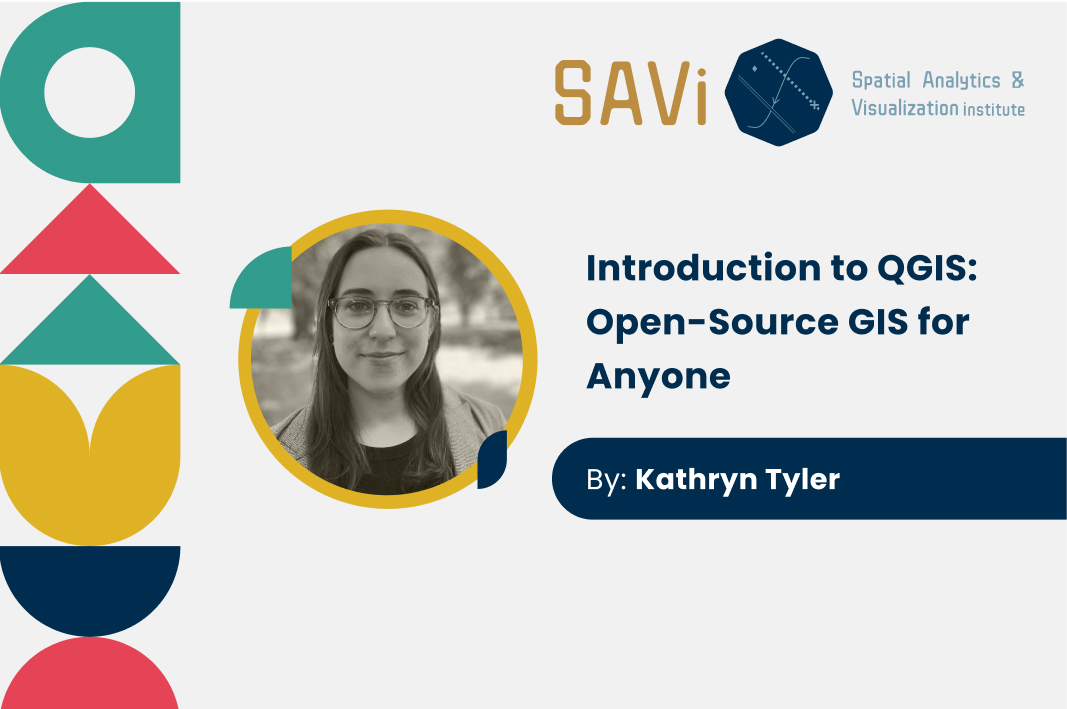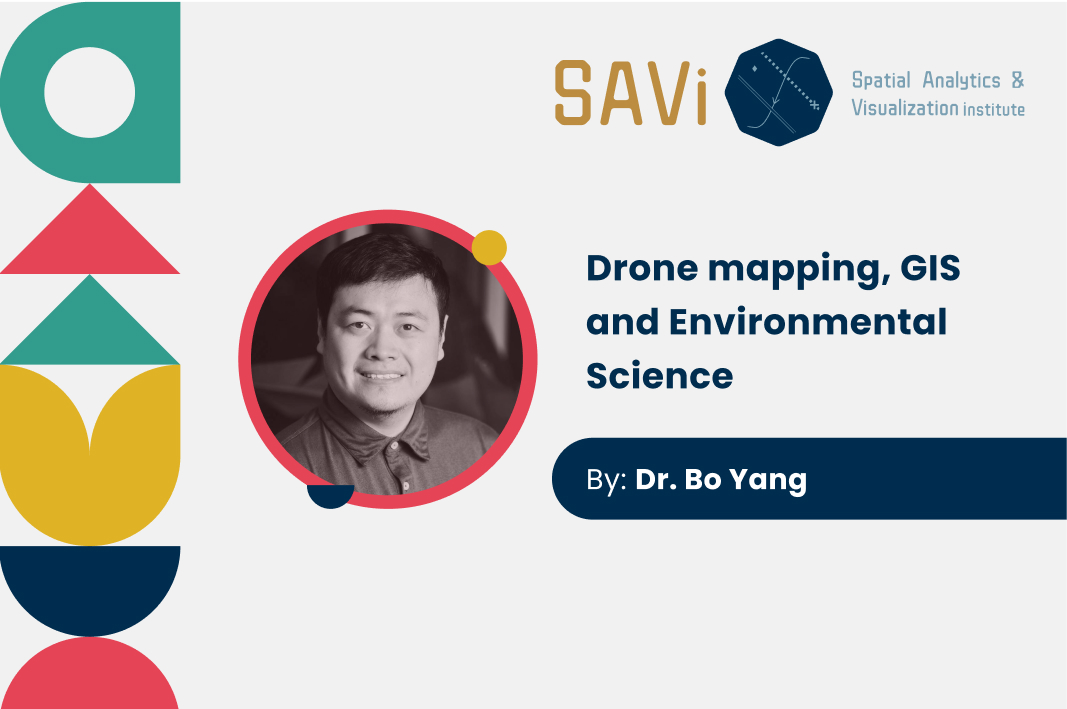Workshops 2022

Spatial Analytics & Visualization Lab Workshops; Fall 2022
The Spatial Analytics and Visualization Institute (SAVI) is delighted to launch the Fall 2022 spatial analytics and visualization workshop series. SAVI lab workshops in November offer professionals and students the opportunity to learn innovative and hands-on skill sets in 3-hour lab sessions with expert instructors from private industry and higher education. Our expert instructors are here to share their depth of knowledge and experience to the opportunity for learning innovative and hands-on skill sets. __ Individual course fee: Early bird registration (until Oct. 20, 2022): $275 & Regular registration (From Oct. 21, 2022): $300; __ Full program fee (including all of the workshops): Early bird registration (Until Oct. 20, 2022): $975 & Regular registration (From Oct. 21, 2022): $1000; /// With the support of Public Interest Technology University Network & Mary Brugo endowment, these workshops are FREE for SJSU students /// Details for each workshop are provided below
